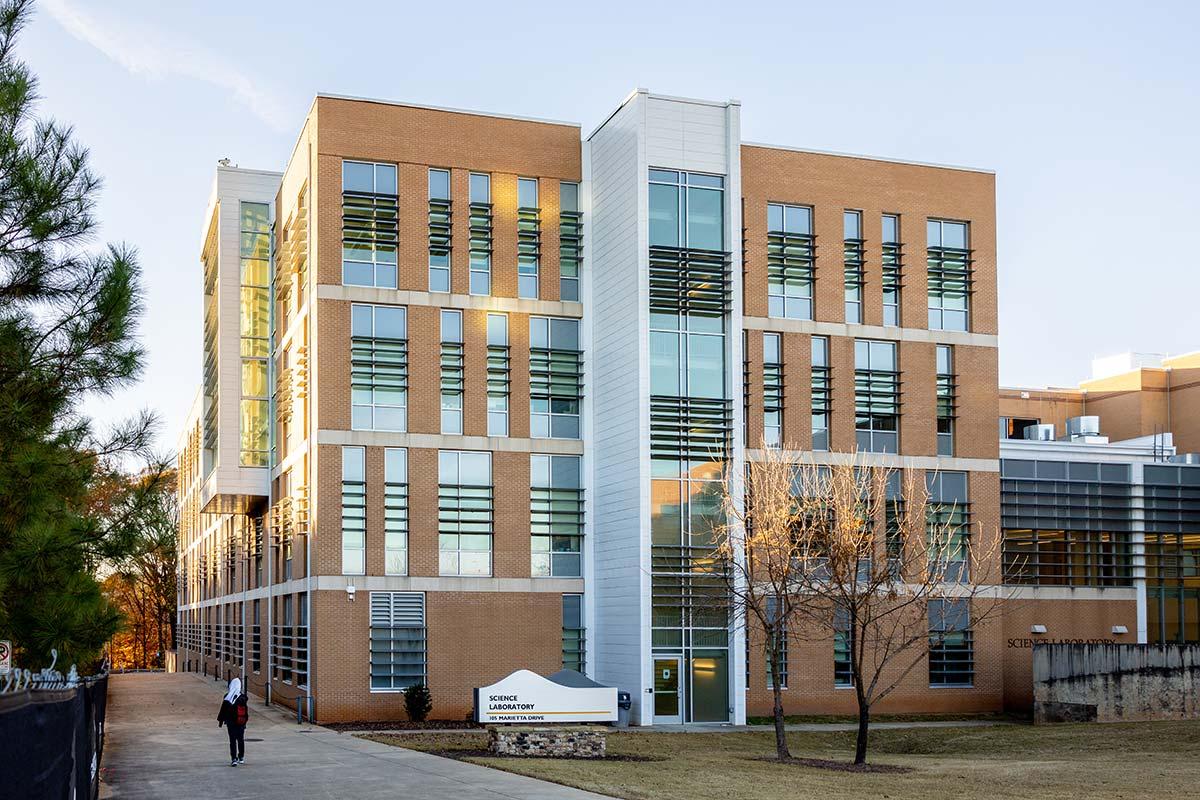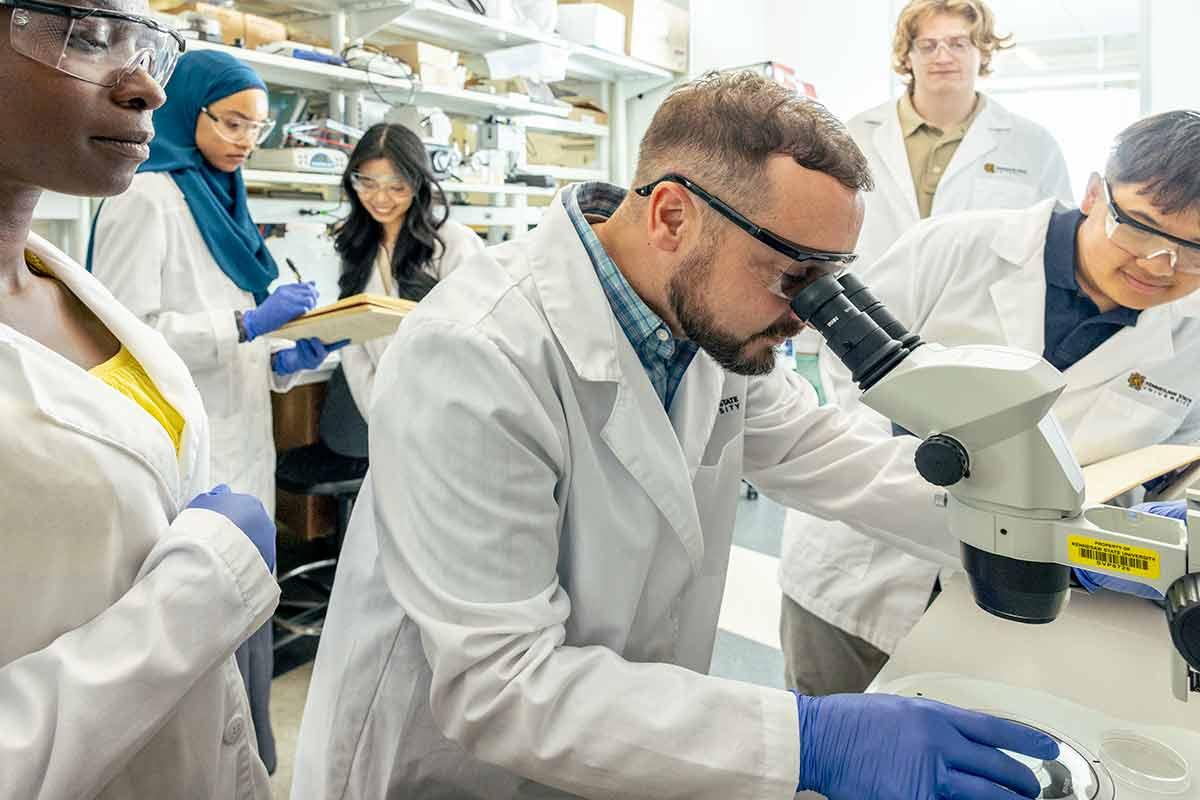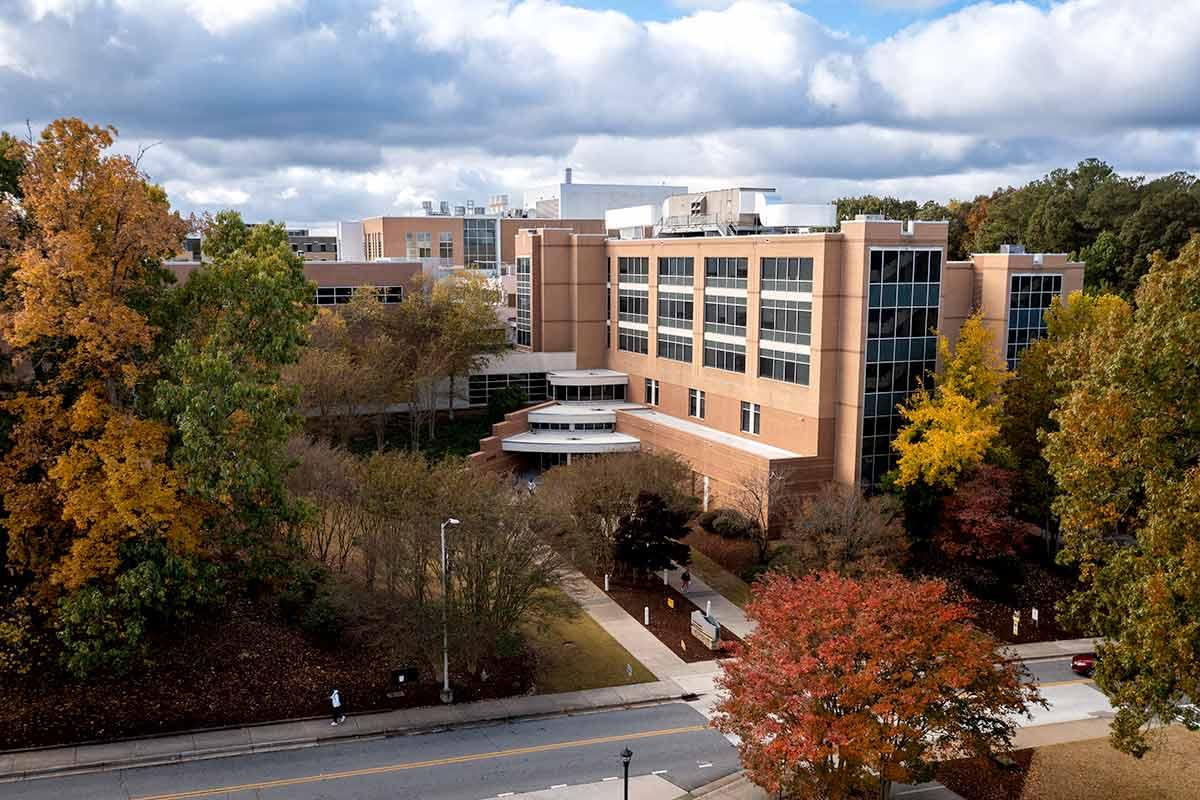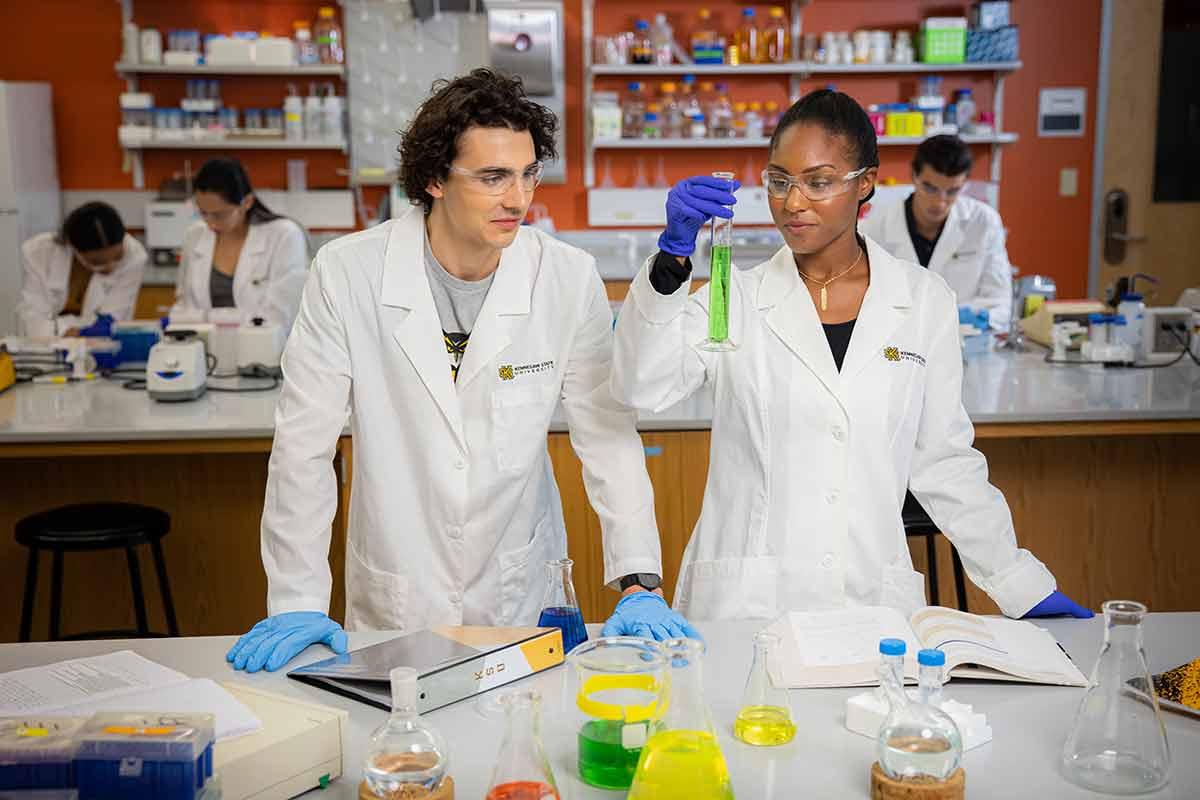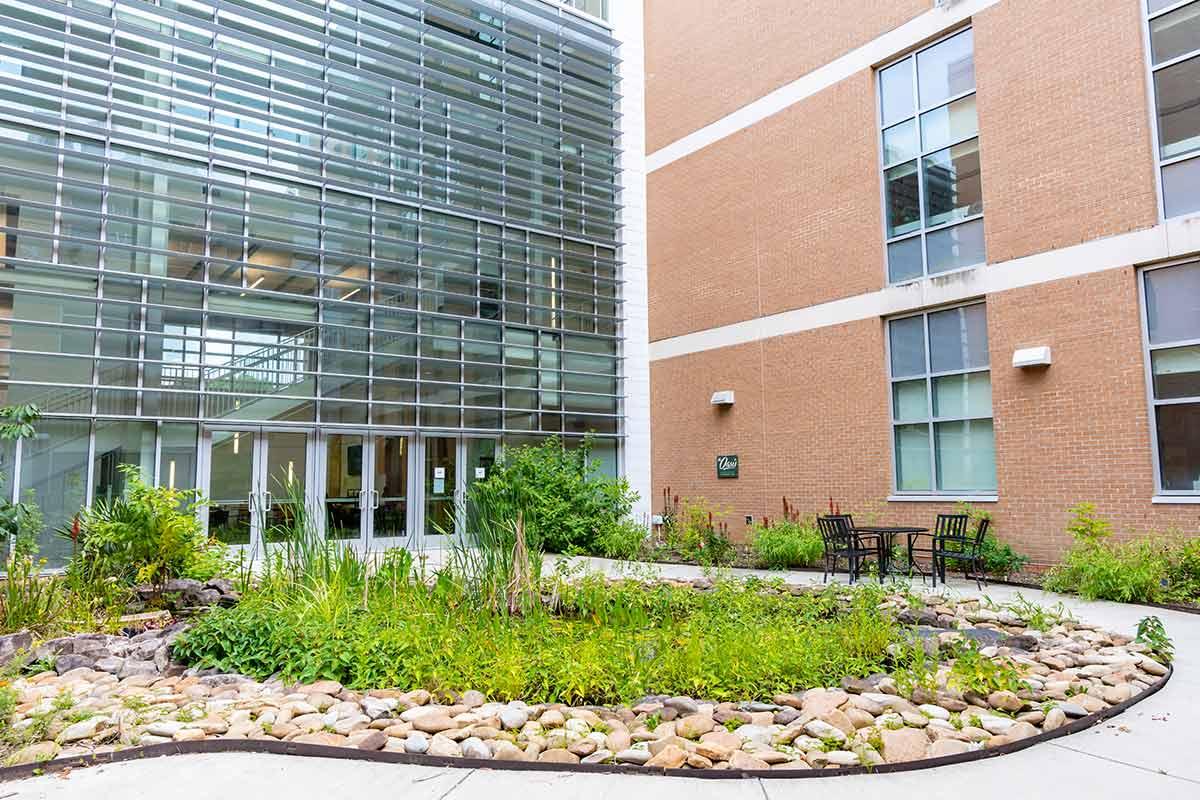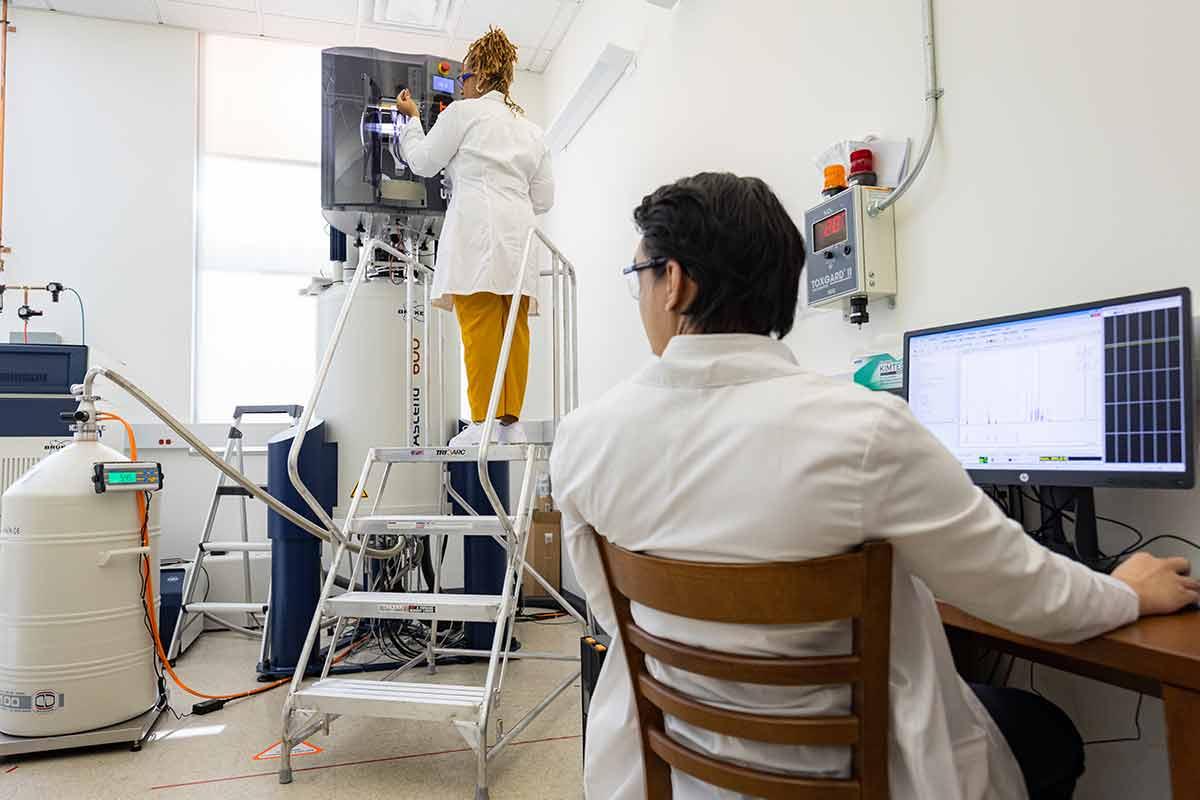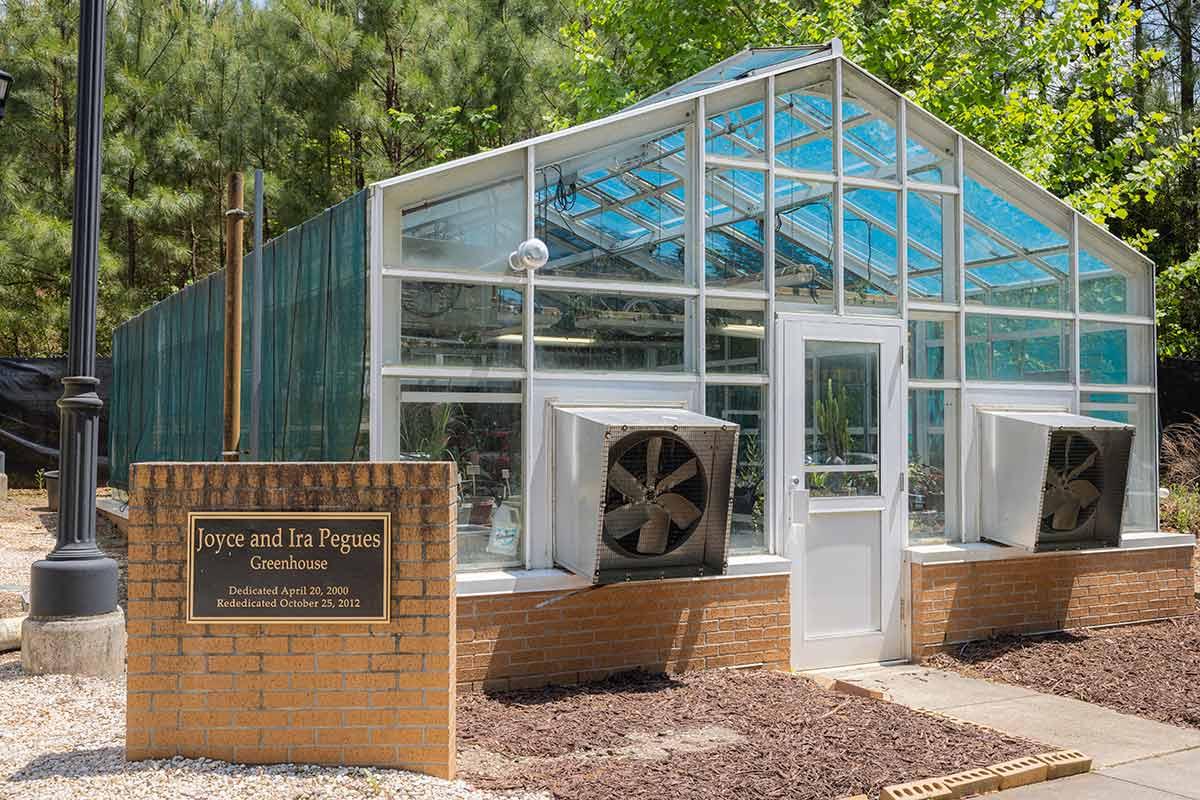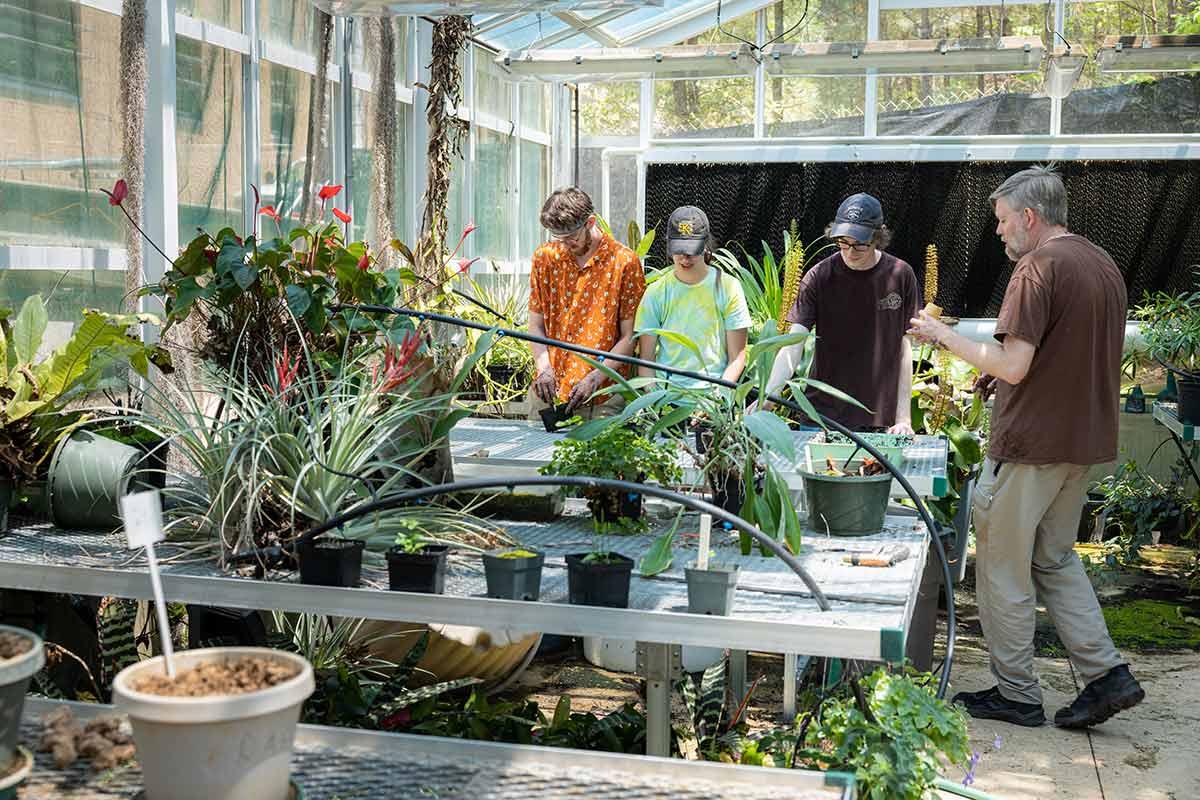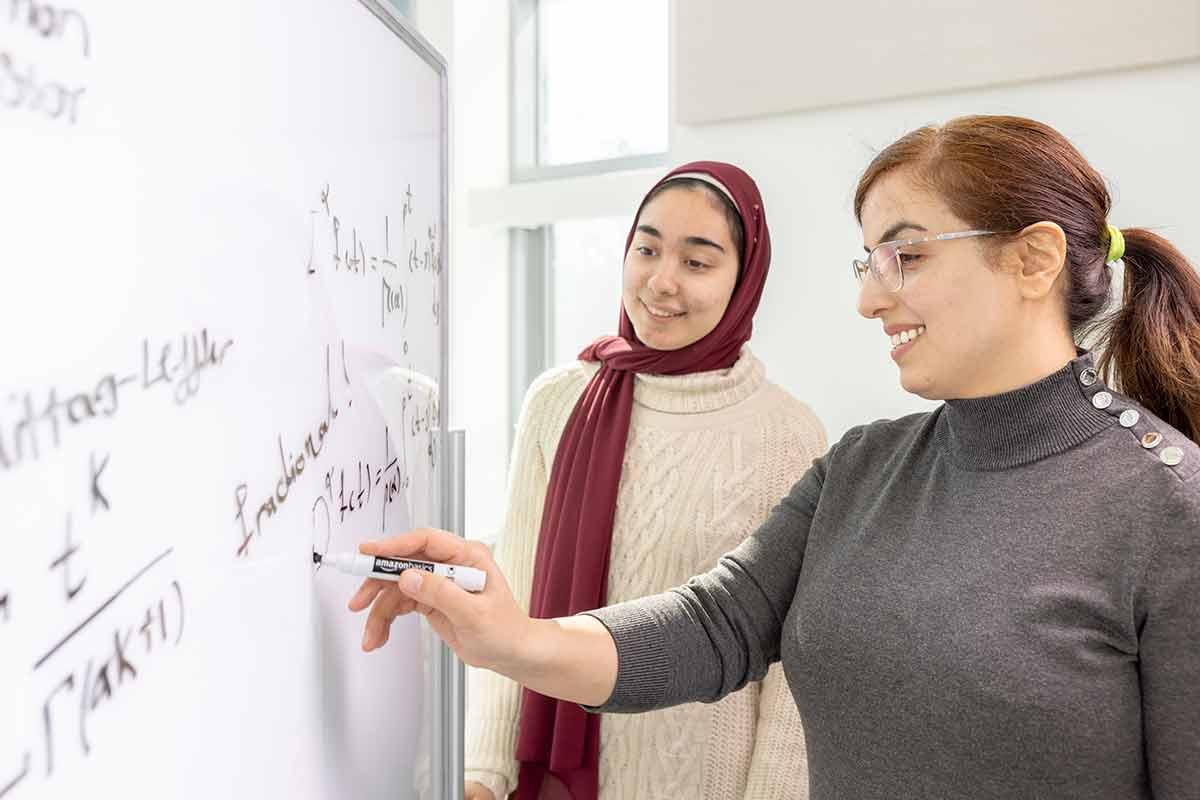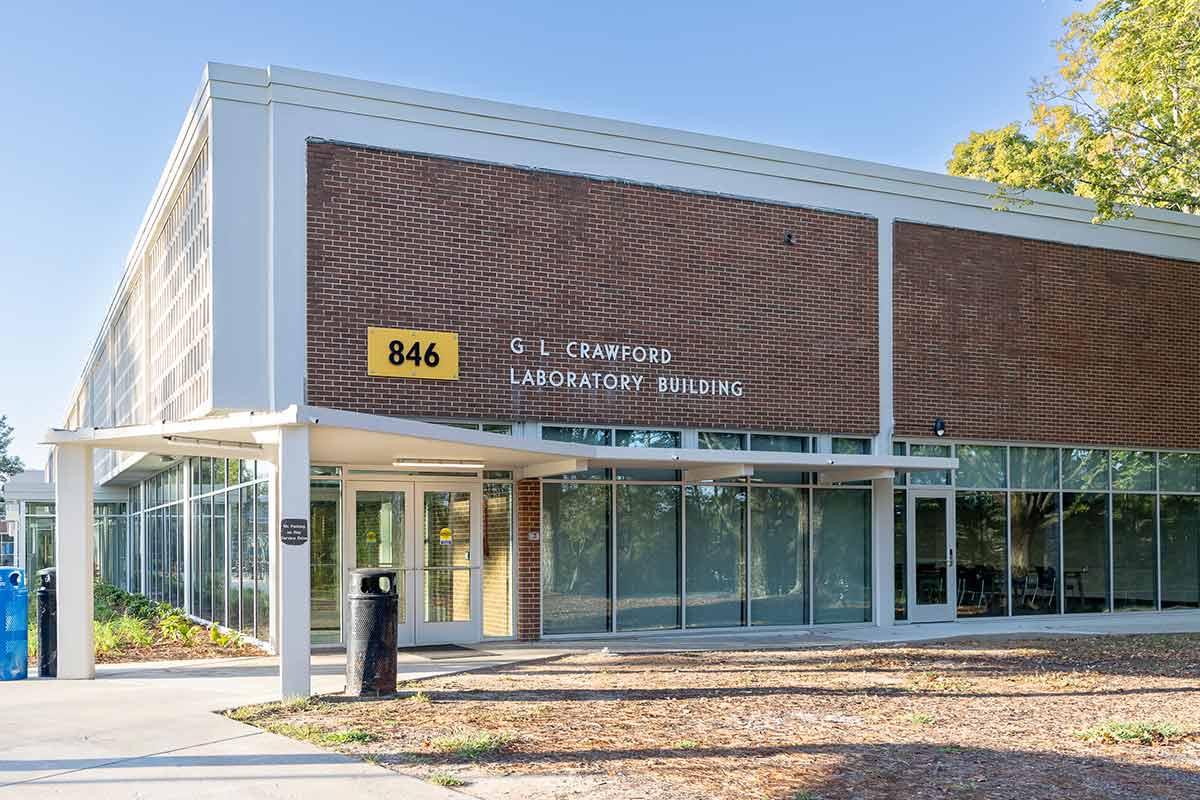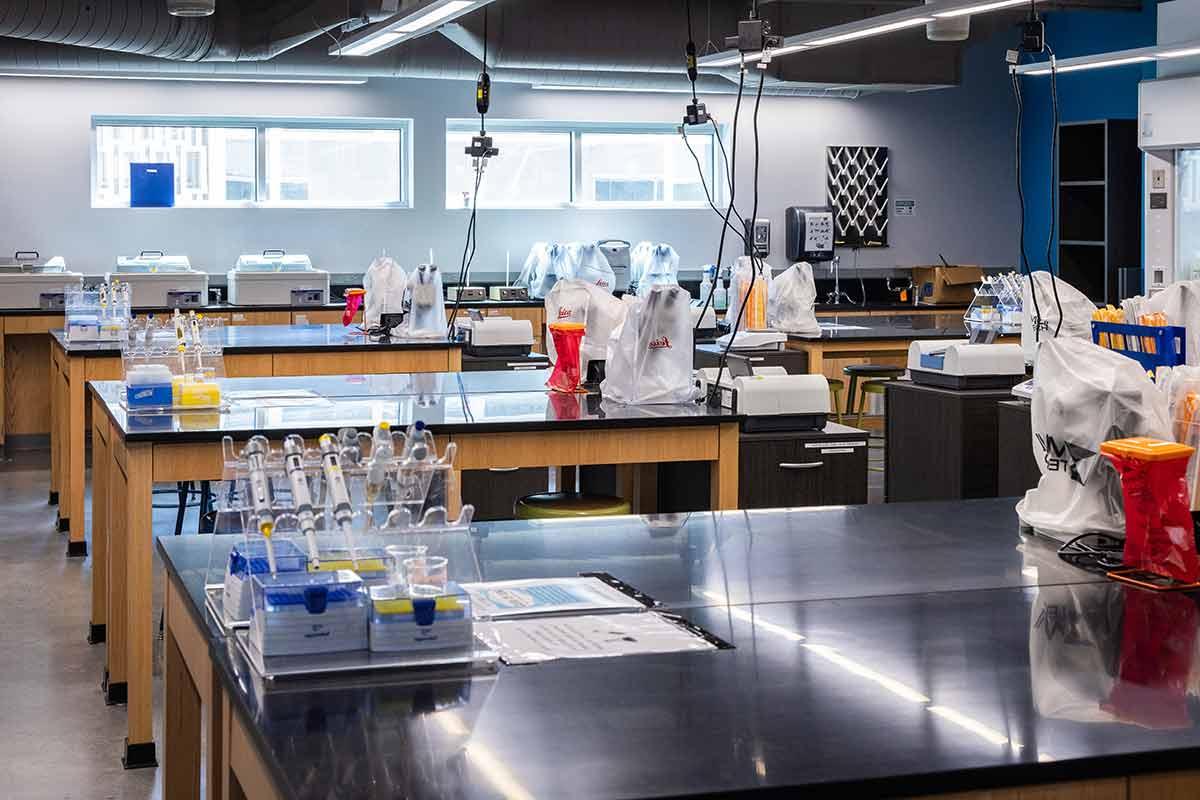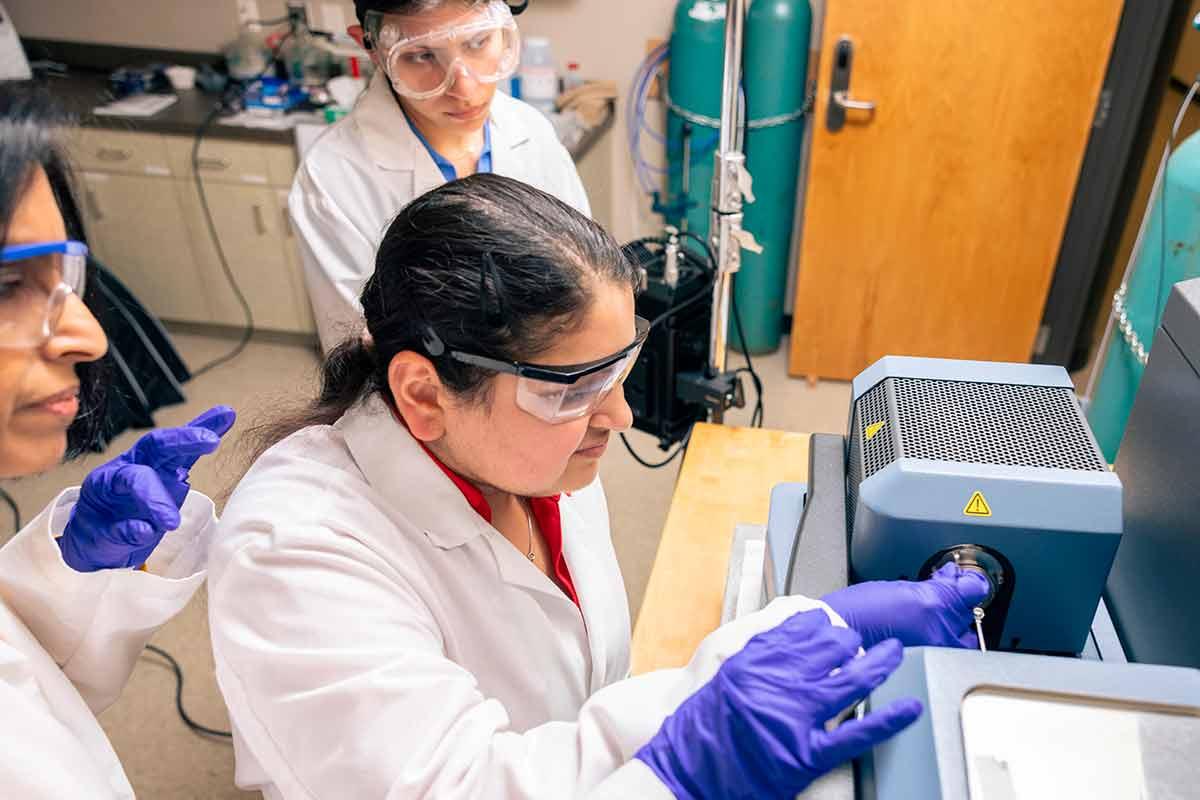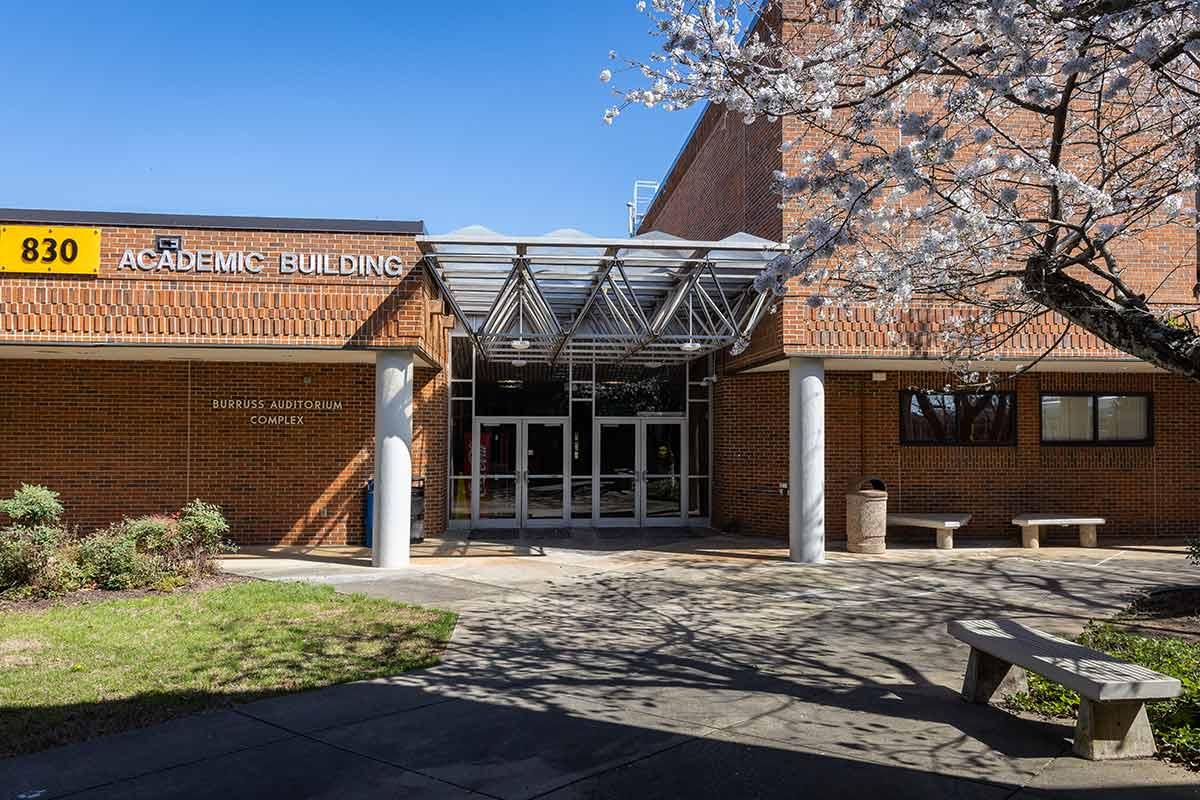Research in the College of Science and Mathematics
Research in the College of Science and Mathematics (CSM) at Kennesaw State University (KSU) is a large part of graduate, as well as undergraduate student's studies at this student-centered, research-driven R2 institution.
CSM is pleased to offer a number of significant internal research funding opportunities for faculty, support creative activity and scholarship of faculty, and provide undergraduate students with research and creative experiences to enhance their learning.







